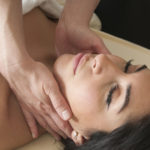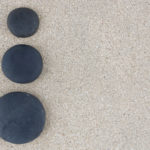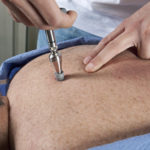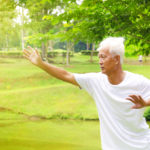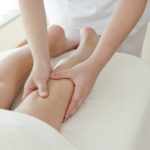Chi Nei Tsang
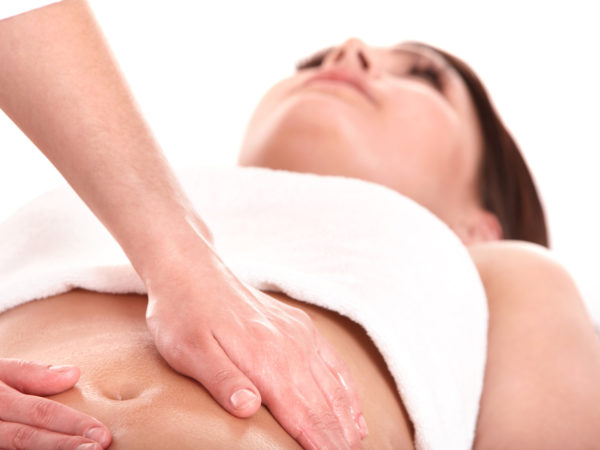
What is Chi Nei Tsang?
Chi Nei Tsang (CNT) is a centuries-old variety of healing touch therapy from China. It focuses on deep, gentle abdominal massage in order to “train” the internal abdominal organs to work more efficiently, which in turn is said to improve physical and emotional health. The words Chi Nei Tsang translate to “working the energy of the internal organs” or “internal organs chi transformation.” CNT is based on the belief that unresolved emotional issues are stored in the digestive system and that poor “emotional digestion” is one of the main reasons for ill health. CNT was first used a thousand years ago by Taoist monks in their monasteries to help detoxify, strengthen and refine their bodies in order to maintain the energy needed for their spiritual pursuits.
What conditions should Chi Nei Tsang be used for?
According to the CNT Institute in Oakland, Calif., where U.S. practitioners are trained and certified, CNT treatment aims to:
- Improve elimination and stimulate the lymphatic and the circulatory systems. CNT is also said to strengthen the immune system. The CNT Institute claims that clients using CNT before and after surgery recover better and faster, but an online search of medical literature yielded no studies on the issue.
- Correct postural problems and relieve tension.CNT is also used to treat chronic pain in the back, neck and shoulders as well as problems related to the misalignment of the feet, legs and pelvis.
- Facilitate the “unfolding of emotions and the clarification of our emotional life.” The CNT Institute website states that this modality has been successfully used in combination with psychotherapy, but no studies documenting this claim turned up in a medical literature search.
- Teach techniques to improve breathing and provide personalized nutritional guidance as well as instruction in visualization and meditation that clients can do at home to enhance the effects of treatment.
According to the official website of Chi Nei Tsang World Headquarters, CNT treatment “clears out negative influences and is particularly useful in relieving intestinal blockages, cramps, knots, lumps, scar tissue, headaches, menstrual cramps, poor blood circulation, back pain, infertility, impotence, and many other problems… as well as speed healing from injury, trauma, childbirth or surgery.”
Reasons to avoid CNT may include pregnancy, the presence of an intrauterine device (IUD) or pacemaker, certain cancers and/or skin infections.
What to expect when visiting a practitioner:
Treatment begins with a discussion about your health history and the physical and emotional health issues you want to address. Wear comfortable clothing that can be easily adjusted to reveal your abdominal area. Pillows and bolsters may be used to make you comfortable as you lie on your back on a massage table. Your abdomen will be exposed from the ribcage to the top of the pelvic area. The treatment begins with gentle touches to the abdomen as the practitioner works to learn how to best help you. You may feel deeply relaxed during the treatment and may even fall asleep. A session lasts about one hour and concludes with the practitioner advising you on self-care exercises you can do at home as well as visualization and meditation.
Resources: CNT world headquarters is in Thailand, but the CNT Institute in Oakland, Calif., provides instruction and certification for practitioners in the United States. A total of 331 hours of training in CNT techniques is required for the most basic certification. CNT centers are also located in France, New Zealand and Toronto, Canada.
How to choose a practitioner:
Look for a practitioner certified by the CNT Institute. However, the Institute suggests checking practitioner references locally and stresses that it can’t be responsible for the actions of any practitioner who doesn’t work at its California headquarters.
What does Dr. Weil think of Chi Nei Tsang?
Dr. Weil’s view is that, like other gentle massage-based therapies, CNT probably offers value. He appreciates the fact that it is non-invasive and may provide health benefits, although he believes that its ability to alleviate specific health concerns requires study in controlled settings. He describes it as abdominal massage that “combines gentle pressure with the power of your breath to release emotional and physical blockages.”


